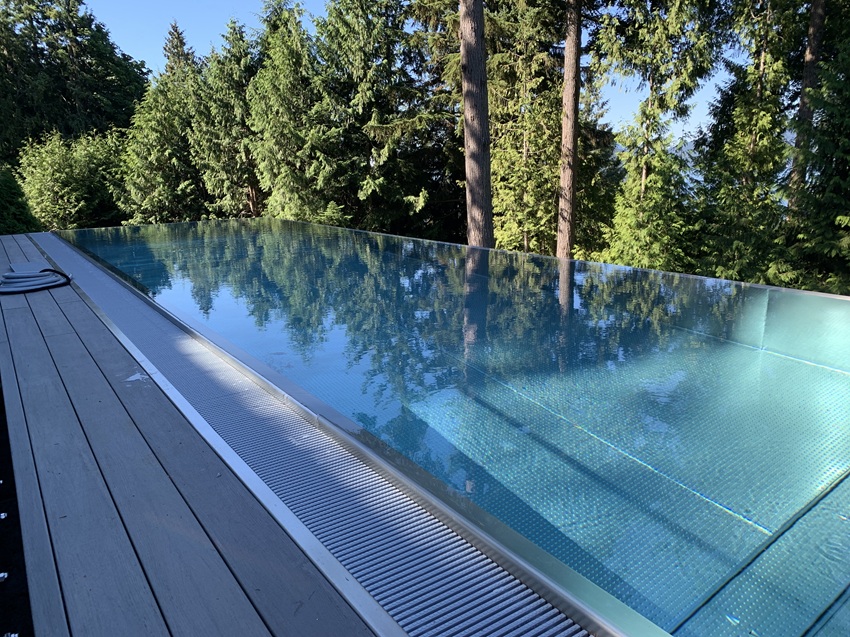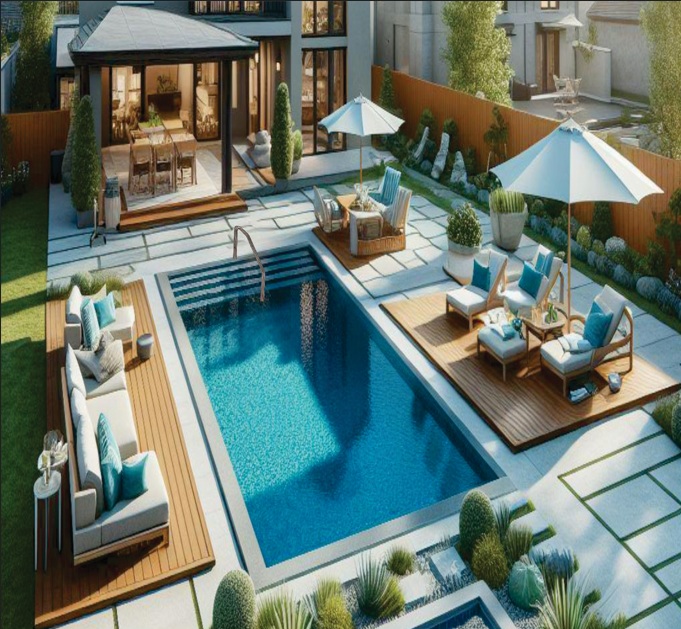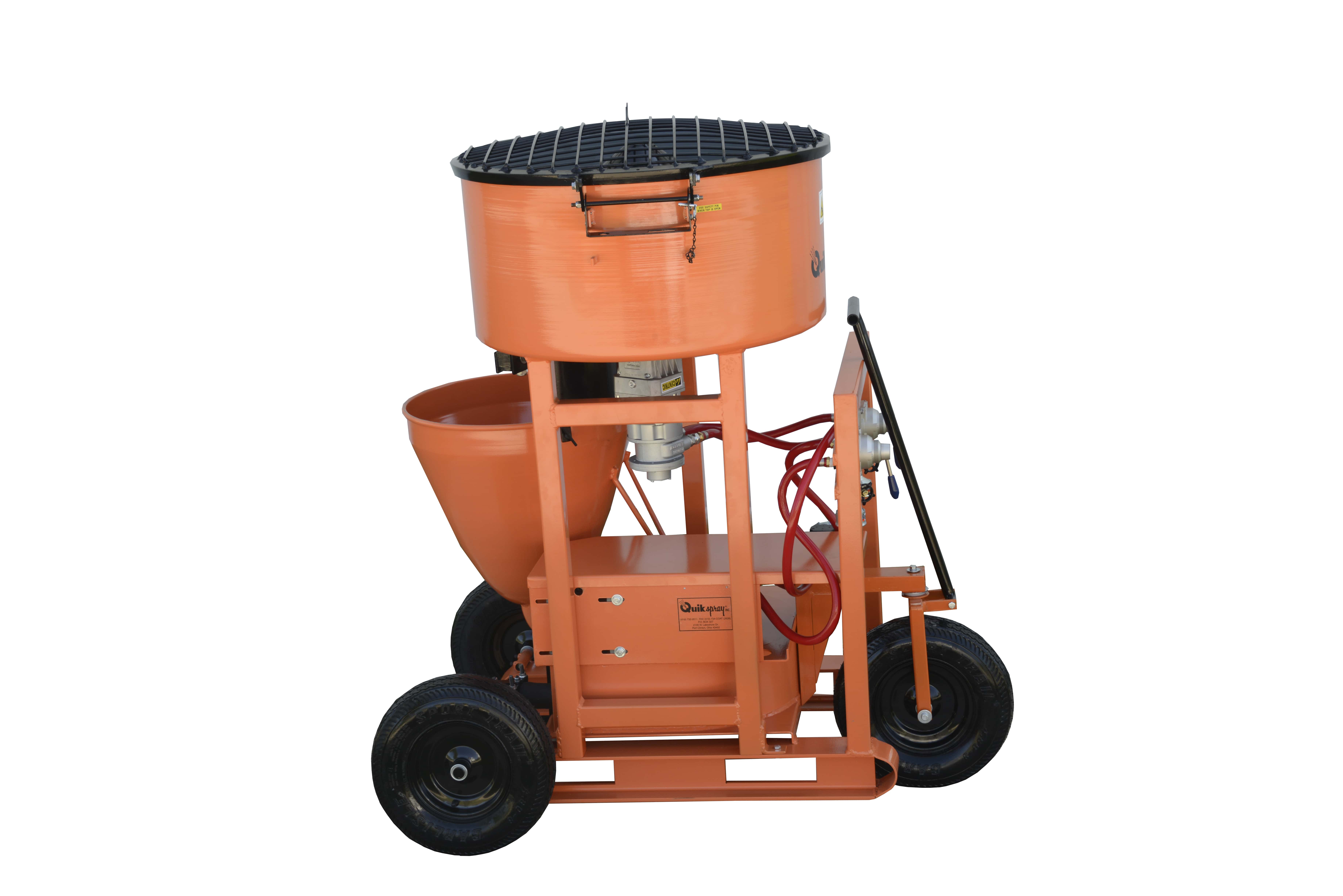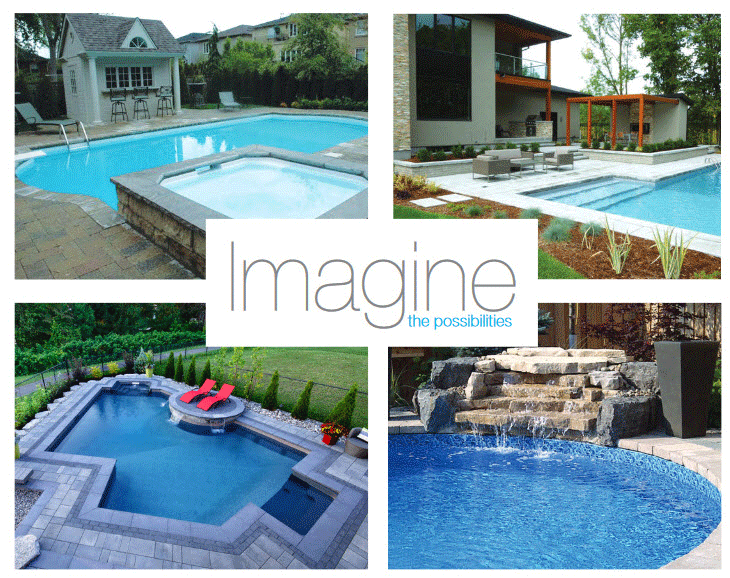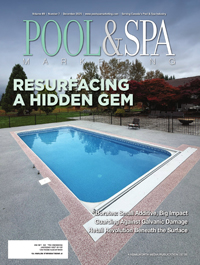Understanding hardscaping materials and tips on installation
5. Paver setting bed
Once the granular-aggregate base has been compacted, and has reached the desired height, a layer of fine concrete sand is spread over the entire patio area. The setting bed is then smoothened and graded to the desired thickness of approximately 25 mm (1 in.).
6. Installation of pavers
How the pavers are installed on the setting bed will vary depending on the type of paver and desired pattern. Some pavers follow a specific pattern, while others are installed at random, or in running bond, brick, or grid configurations. This applies to natural stone pavers and segmental concrete pavers.
Once the pavers are laid out in the desired pattern, areas where stones need to be trimmed to size are either split with a guillotine or cut with a powered masonry saw.
Using the ‘wet-lay’ installation method, a cement or mortar mix is applied to the desired thickness over the concrete sub-base first. Then, the stone is placed in the mortar mix and levelled into place. This method is more labour intensive and costly, but yields the most everlasting and premium finish.
7. Edging and filling joints
After the pavers have been positioned, an edging material is installed to help retain the pavers at the patio edge or border. Aluminum, plastic, and stone retention systems are the most popular choices, and are held in place with metal spikes, clips, or mortar.
Polymeric sand is then swept into the joints and the paver surface is either hand tampered or passed over with a small vibratory plate to vibrate the joints to ensure the sand penetrates all voids. Water is then sprayed on the surface of the pavers and into the joints, which allows the binding agent or glue present in the sand to harden. Polymeric sand, once cured, is resistant to weed growth and insects.
For permeable pavers, joints are filled with a small aggregate instead of polymeric sand so the joints can easily allow water to permeate through the sub-grade. Using the ‘wet-lay’ installation method, once the pavers have been set in mortar and adhered to the concrete sub-base, mortar is applied to the joints and trowel pointed or sponged smooth.
Thanks to the abundant variety of paver materials available, it is easy to satisfy every homeowner’s design wishes. With the proper guidance, research, quality materials, and correct installation techniques, any hardscaped surface can become a magazine-worthy project.
 Michael Willis is an aquatic designer and partner at Roger Willis Contracting Ltd., an Ottawa-based pool builder specializing in unique, custom aquatic projects. He works in various fields—from project design to completion—and builds throughout eastern Ontario and the Caribbean. Willis is a member of the Master Pools Guild, Pool & Hot Tub Council of Canada (PHTCC), and Landscape Ontario Horticulture Trades Association. He can be reached via e-mail at michael@rogerwilliscontracting.com.
Michael Willis is an aquatic designer and partner at Roger Willis Contracting Ltd., an Ottawa-based pool builder specializing in unique, custom aquatic projects. He works in various fields—from project design to completion—and builds throughout eastern Ontario and the Caribbean. Willis is a member of the Master Pools Guild, Pool & Hot Tub Council of Canada (PHTCC), and Landscape Ontario Horticulture Trades Association. He can be reached via e-mail at michael@rogerwilliscontracting.com.

